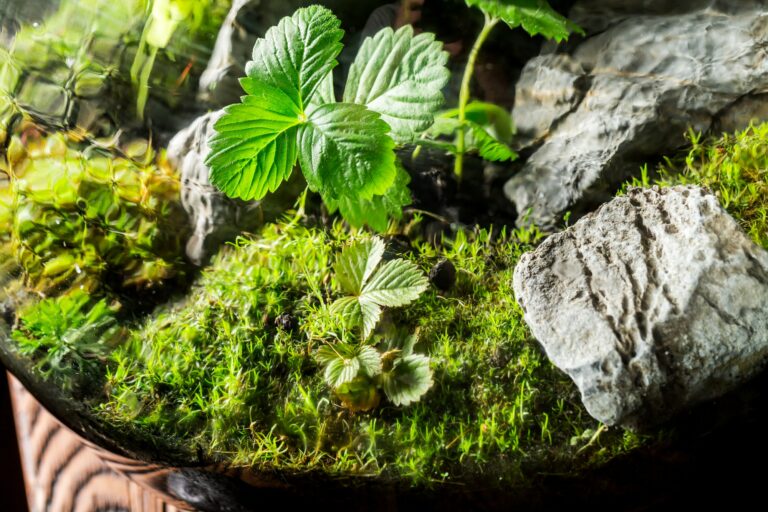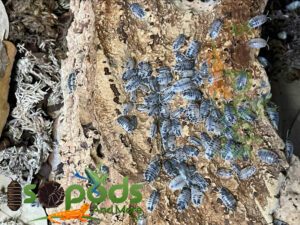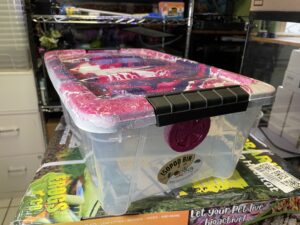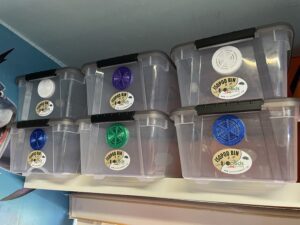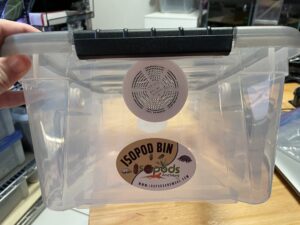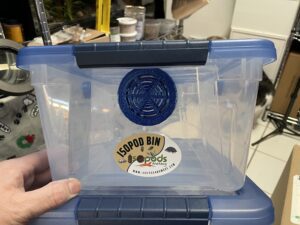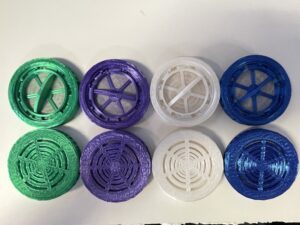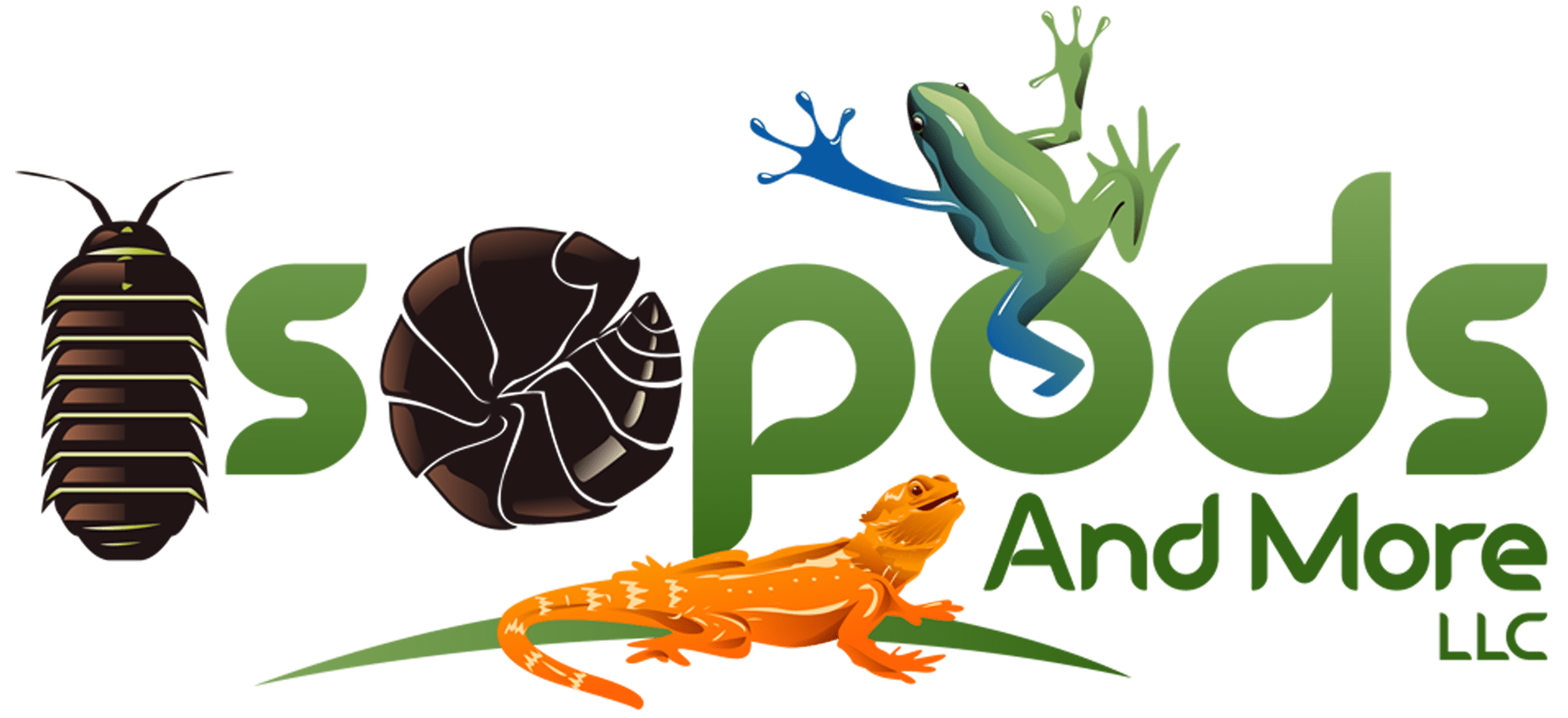Introduction
Terrariums offer a unique way to bring a little piece of nature into your home or office. As a beginner, it can be overwhelming to navigate the world of terrarium plants and learn how to choose, arrange, and care for them. This comprehensive guide to terrarium plants for beginners will provide you with all the essential information to create a thriving, beautiful environment for your new indoor garden.
What is a Terrarium?
A terrarium is a small, enclosed environment that mimics natural conditions for plants and sometimes small animals. Ranging from a simple glass jar to a more elaborate vivarium, terrariums come in various shapes, sizes, and designs. The plants within the terrarium create a self-sufficient ecosystem, making it an easy-to-maintain and attractive addition to any space.
Part 1: Selecting the Right Plants
Climate Considerations
The first step in choosing terrarium plants is considering the climate you want to replicate. This decision should be based on the plants’ natural habitat and the needs of any animals you plan to house in your terrarium. Common terrarium climates include tropical (warm, wet, and humid), arid (dry and low humidity), and temperate (moderate temperature and humidity).
Light Requirements
Another critical factor in plant selection is the amount of light available. Generally, artificial light sources are preferred for terrariums, as direct sunlight can cause excessive heat buildup. By using artificial light, you can control the duration and intensity of light exposure. Keep in mind that the placement of plants within the terrarium will affect the amount of light they receive, so arrange them accordingly.
Plant Variety
When it comes to the variety of plants in your terrarium, the choice is yours. Some people prefer a minimalistic look with just a few plant species, while others opt for a more diverse and complex arrangement. Themes, such as all bromeliads or all orchids, can add a unique touch to your terrarium. It’s essential to choose plants that will thrive in your terrarium’s conditions and complement each other in appearance and growth habits.
Part 2: Plant Care Basics
Soil and Substrate
The type of soil or substrate you use in your terrarium will depend on the plants you select. A well-draining mix is crucial for preventing root rot and other issues caused by excessive moisture. Look for substrates specifically designed for terrariums or create your own blend using ingredients such as peat moss, perlite, and coconut coir.
Watering
Proper watering is essential for the health of your terrarium plants. The frequency and amount of water required will vary depending on the plant species and terrarium climate. In general, tropical plants need more moisture than arid plants. Be sure to research each plant’s watering needs and monitor the humidity within your terrarium to ensure optimal conditions.
Fertilizing
Like all plants, terrarium plants require nutrients to grow and thrive. However, it’s essential to use a diluted fertilizer to avoid over-fertilizing, which can harm your plants. Slow-release fertilizers or liquid plant food are suitable options for terrariums. Be sure to follow the product instructions and adjust the frequency and amount based on the needs of your specific plants. Before using fertilizer, you need to consider the occupants of your terrarium. Make sure you don’t use a fertilizer that could harm or kill your living inhabitants.
Pruning and Maintenance
Regular maintenance, such as pruning, is necessary to keep your terrarium plants healthy and looking their best. Trim any dead or damaged leaves and remove any debris from the terrarium. Keep an eye on your plants’ growth patterns, and don’t hesitate to trim back any plants that become too large or overcrowded.
Part 3: Creating the Ideal Habitat
Design and Layout
When designing your terrarium, consider the arrangement and positioning of plants to create a visually appealing and functional space. Ensure that each plant has enough room to grow, and think about how the plants will interact with each other. For example, taller plants may provide shade for smaller, shade-loving plants.
Proper Drainage
Proper drainage is essential to prevent waterlogging and root rot. A drainage layer at the bottom of your terrarium, such as gravel or clay pellets, will help excess water escape from the soil. Additionally, consider adding a layer of activated charcoal to help filter the water and reduce odors.
Temperature and Humidity Control
Maintaining the appropriate temperature and humidity levels within your terrarium is critical for the health of your plants and any animals living within the enclosure. Invest in a thermometer and hygrometer to monitor these conditions and make any necessary adjustments. Depending on your terrarium setup, you may need to invest in a heat source or humidifier to maintain the ideal environment for your plants.
Part 4: Popular Terrarium Plants for Beginners
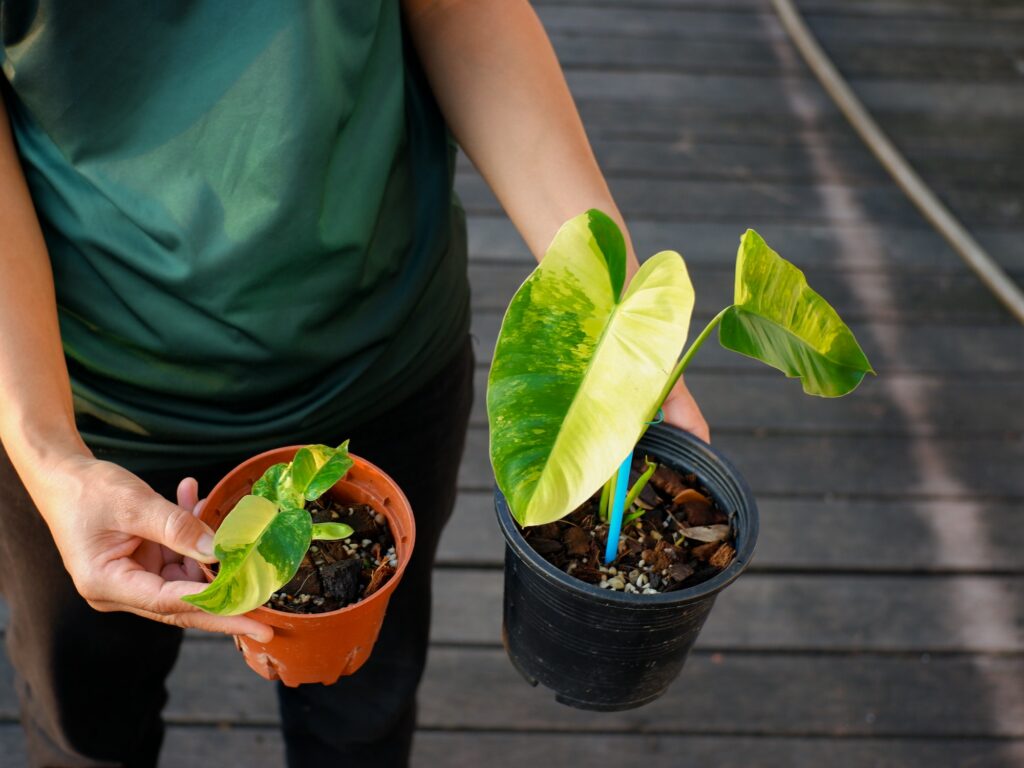
Philodendrons
Philodendrons are versatile, hardy plants that can thrive in various light conditions. Known for their rapid growth, these plants may require frequent pruning to keep them in check. With a wide variety of species available, philodendrons offer a range of leaf shapes, sizes, and colors to suit any terrarium design.

Peperomias
Peperomias are a diverse group of plants that can adapt to various terrarium conditions. With hundreds of species to choose from, peperomias offer an array of textures, shapes, and sizes to enhance any terrarium. These plants generally prefer low to medium light conditions and are relatively low-maintenance.
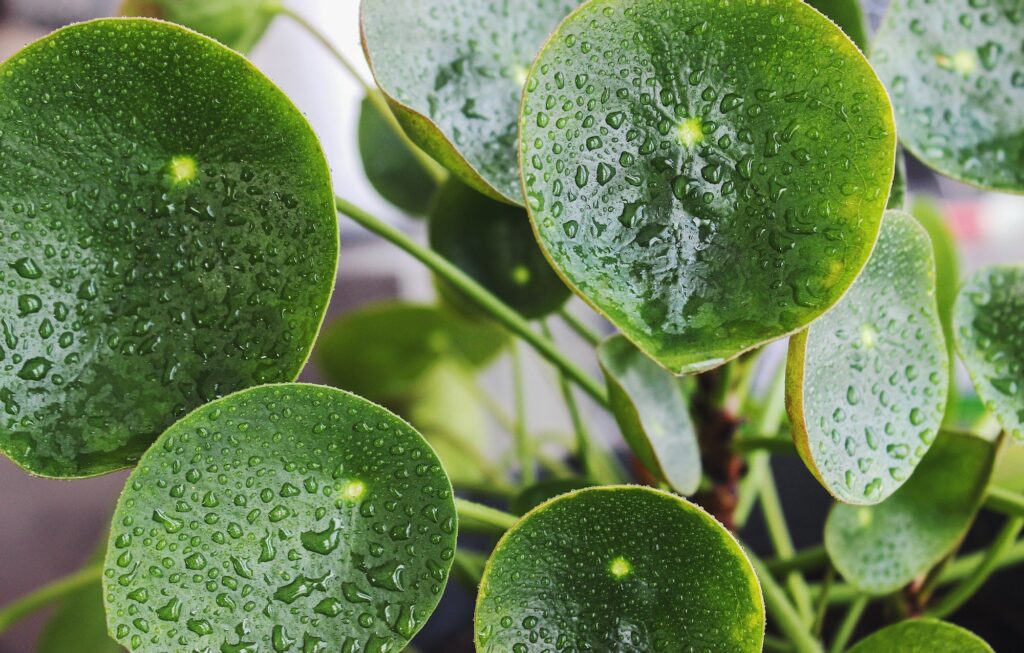
Pileas
Pileas are another diverse group of plants, with many species suitable for terrariums. Easy to grow and propagate, pileas can be found in a range of leaf shapes and sizes. Vining varieties, such as ‘Red Stem Tears’, ‘Baby Tears’, and ‘Tiny Tears’, are popular choices for terrariums.
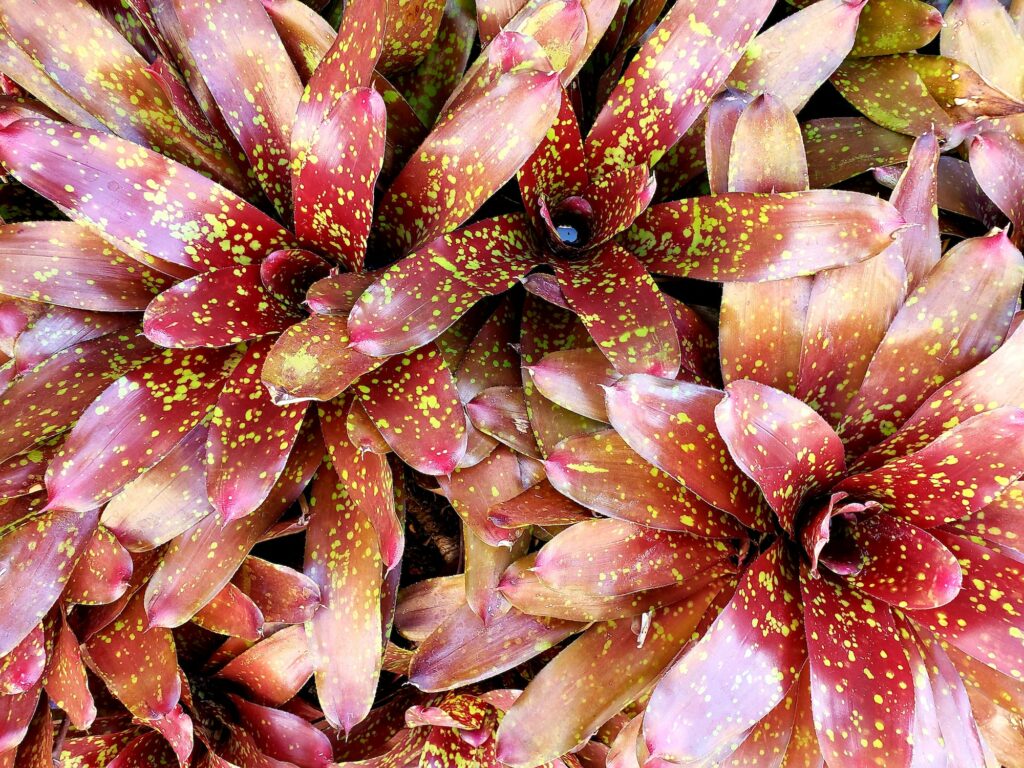
Bromeliads
Bromeliads are a must-have for any tropical terrarium, with their unique water-holding abilities and vibrant colors. Neoregelia is the most common genus used in terrariums, with many compact varieties available. Be sure to provide these plants with bright light to maintain their vivid hues.

Orchids
Orchids can add an exotic touch to your terrarium, with their stunning flowers and intriguing foliage. Many orchid species can thrive in terrarium conditions, but be sure to provide proper care, including well-draining media and appropriate light levels.
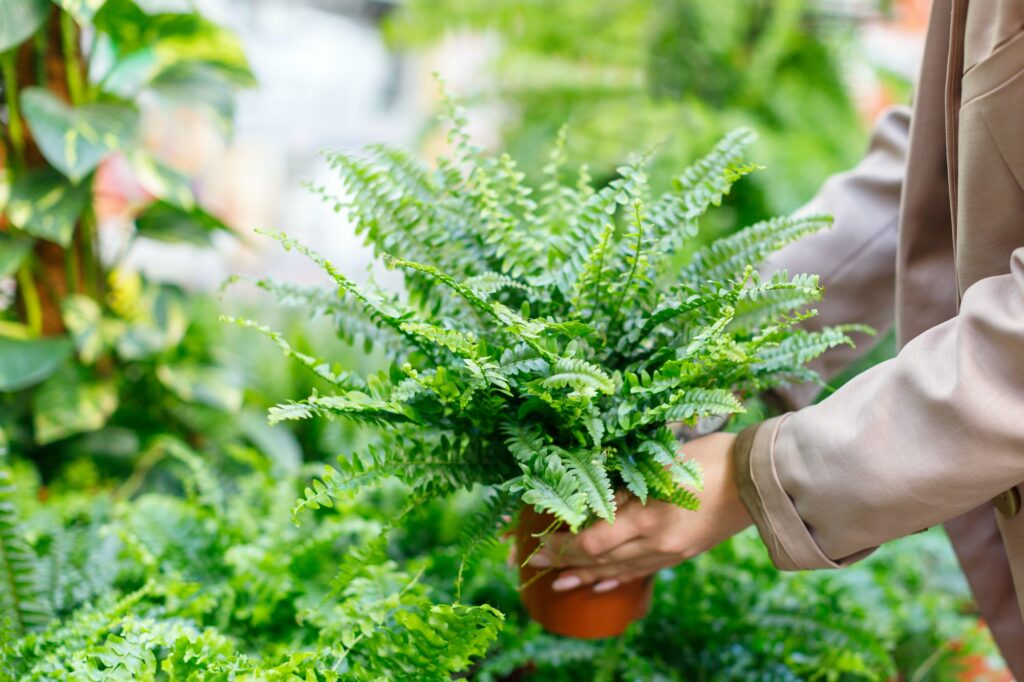
Ferns
Ferns evoke images of lush, damp forests and are a perfect addition to any terrarium. These plants typically thrive in low light and high humidity conditions. With a wide variety of leaf shapes and textures, ferns can add visual interest and depth to your terrarium.
Conclusion
Creating a thriving, beautiful terrarium is a rewarding project for both beginner and experienced plant enthusiasts. By carefully selecting the right plants, providing proper care, and designing a well-planned layout, you can enjoy a piece of nature within your home or office. With this comprehensive guide to terrarium plants for beginners, you have all the tools you need to embark on your terrarium journey.

